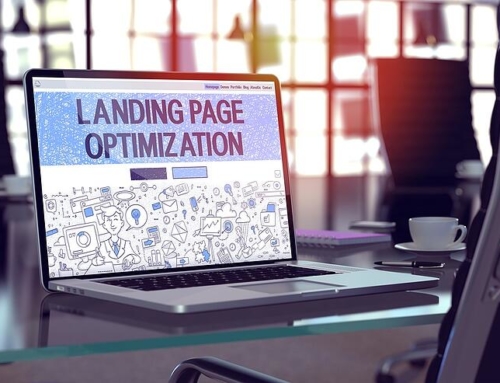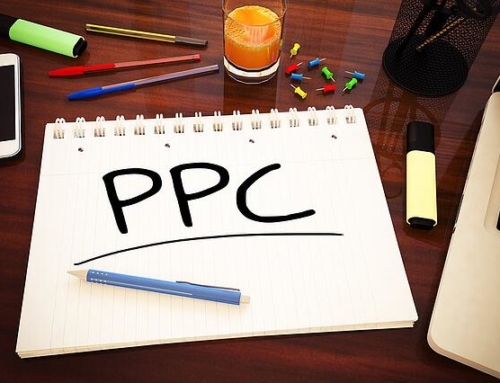Persuasive Copywriting Tips
Whether your goal is to entice new readers to your blog, get people to opt in to your email list, or make a purchase, the make-or-break factor is going to be the effectiveness of your copywriting. There are plenty of people who can string words together with grammatical correctness, and construct easy-to-read sentences, but truly persuasive copywriting is an art – the art of getting people to respond the way you want them to.
Entrepreneur Magazine reports that every day, more than 193 billion emails are received. Nearly 109 billion of those emails are business related. On average, this adds up to about 121 emails per person, every day. Now, which ones do you suppose actually get read and acted upon? They’re the ones that engage the reader through interesting, persuasive copy.
There are five essential steps to creating persuasive copy, and they work for any type of product or service.
1. Tell People What You’re Offering
This step is easy. Just state, clearly and concisely, what’s being offered. You don’t need to go into a lot of detail – the goal here is just to let people know that you have something they can use. You only need a sentence or two, something along the lines of “This year’s Model X cars now are now available,” or “Check out our home study accounting course for hands-on business owners.”
2. Tell People What Your Product or Service Will Do for Them
This is where you go into more detail. Describe the features and benefits of your product or service. It doesn’t matter all that much if you’re confused as to the difference between features and benefits, although a feature is just something about the product or service – the Model X car is available in sedan or hatch-back, for instance, or the home study course on accounting contains seven modules. Benefits would be things like, “It gets 38 miles to the gallon,” or “You will be able to handle your own bookkeeping.” As long as you’re focusing on what your product or service will do for the buyer, and communicating it clearly, you won’t go wrong.
People prefer to process information in small blocks, so a good way to communicate the features and benefits is by using a bulleted list.
3. Tell People Who You Are
You may be able to skip this step, depending on your relationship with a particular reader. If you’re in the car business, and you’re targeting people who have bought from you before, spare them the details and cut to the chase. If you’re selling home study courses for business owners, and you’re emailing people who have already taken one of your courses, they know who you are and what your qualifications are. If your goal is lead generation, though, you definitely need to offer some information about yourself and/or your company. If people aren’t getting to know you, they’re not going to place their trust in you.
In your copy, try to show ways that you’re very much like your potential customer – you’ve never enjoyed driving a car as much as you do Model X, and you’re confident that your customers will like it too. Or you’ve suffered through the pain of trying to find the right bookkeeper for your small business, and things are so much better now that you know how to keep your own books. Build a rapport. You can help your customer because you have the same interests.
4. Tell People What to Do Next
This is the point where you structure your copy in such a way as to motivate the customer to go to the next step. I’ve focused, in my examples, on buying a product, but it could be something else, like, subscribing to your newsletter, opting in to your email list, filling out a survey, or anything at all that you want them to do.
Don’t ask your reader to do something – tell them what you want them to do. You need a strong CTA (call to action), and a good strategy is to suggest that the offer is time sensitive. “Only two Model X wagons left, so don’t miss out – call me today to take a test drive!” Or “Tax time is fast approaching, so get your books in order now with my home study accounting course – click here to order.”
5. Wrap It Up
Reiterate what you’re offering, and include another CTA. “Model X Wagons and Sedans, going fast – call 555-555-5555 today to test drive the hottest car on the market!” “You won’t have to rely on outside help to get your books in order when you take our home study accounting course for small business operators – click here to order today!”
If you follow these five copywriting tips, you’ll be well on our way to mastering the art of creating persuasive copy.










